Nishimikawa Placer Gold Mine (Gold panning experience)
Everyone who wants to be a billionaire gather! Why don’t you pick up gold dust on the oldest gold mine in Sado Island, Nishimikawa Placer Gold Mine?
Sado Island in Niigata Prefecture is a very famous for Sado Gold Mine as it called “Gold Island”, but in fact, there are 55 gold and silver mines on Sado Island. Among them, there are 4 main mines, such as Nishimikawa Placer Gold Mine, Niibo Silver Mine, Tsurushi Silver Mine, and Aikawa Gold and Silver Mine (commonly called Sado Gold Mine). In July 2024, it was decided that the Nishimikawa Placer Gold Mine was registered as a World Heritage Site as one of the constituent assets of “the Gold Mine of Sado Island.”
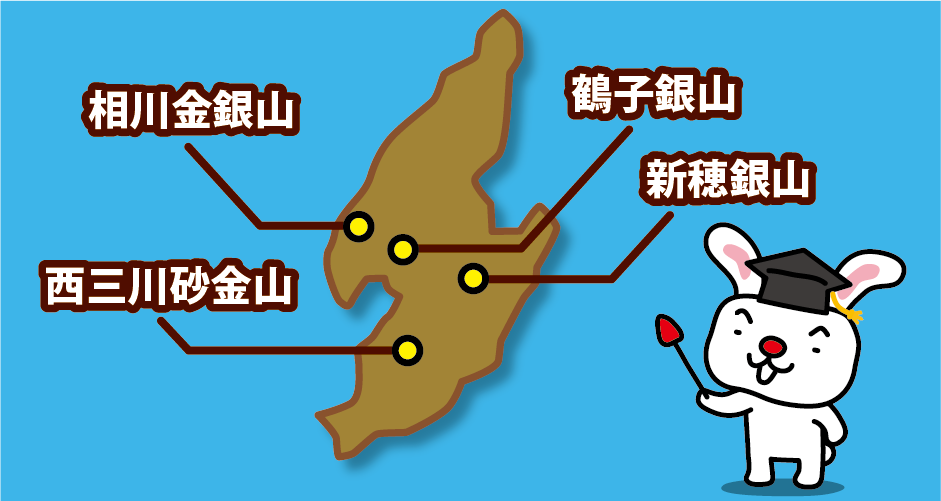
The oldest gold mine on Sado Island is Nishimikawa Placer Gold Mine. In the “Konjaku Monogatari” (Tales of Konjaku) in the late Heian period (around the 12 century), there was a legend that gold dust collection had been carried out. In the latter half of the 16 century, Kagekatsu Uesughi, who ruled Sado Island, reinvented Nishimikawa Placer Gold Mine, and the produced gold dust was sent to Hideyoshi Toyotomi.
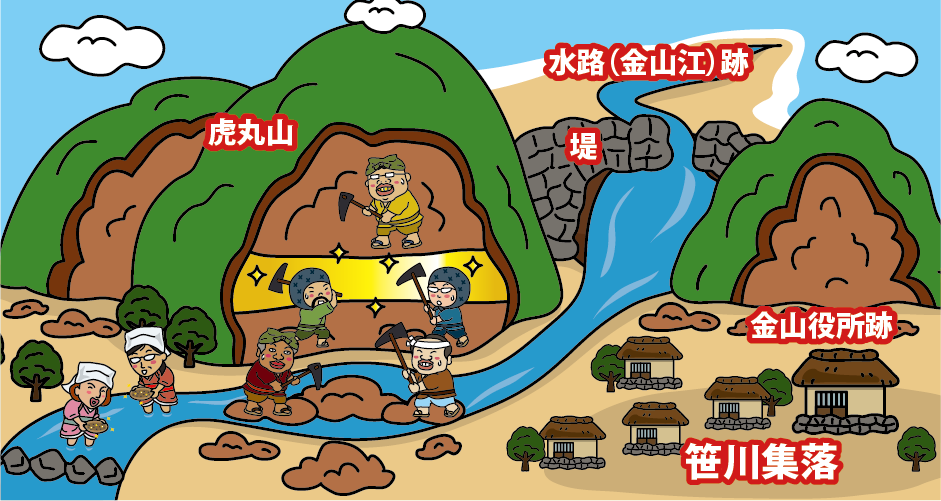
Sasagawa Village, which is located around Nishimikawa Placer Gold Mine, was called “Sasagawa 18 gold coins Village” because 18 large-size Japanese gold coins, O-ban (about 2.9 kg) were paid monthly as tax at that time. (It is said that the gold sand produced in Sasagawa Village, which Kagekatsu Uesughi paid to Hideyoshi Toyotomi, is one fourth of gold collected from all over the country.) In the Edo period (17th-mid19th century), the mine was positioned as an important mine for the Sado gold and silver mines, and gold sand mining continued, but production gradually declined after the 18th century, and the mine was closed at the beginning of the Meiji period (1872). After the mine was closed, the people of Sasagawa village, who had been mining gold sand, changed their means of living to agriculture, but the mountains and waterways where they mined gold sand are well preserved in the area around Sasagawa village, and the landscape remains almost unchanged from the Edo period (17th-mid19th century) illustrations. In 2011, it was selected as a important cultural landscape in Japan for a “landscape of agricultural and mountain villages originating from Nishimikawa Placer Gold Mine on Sado Island.”
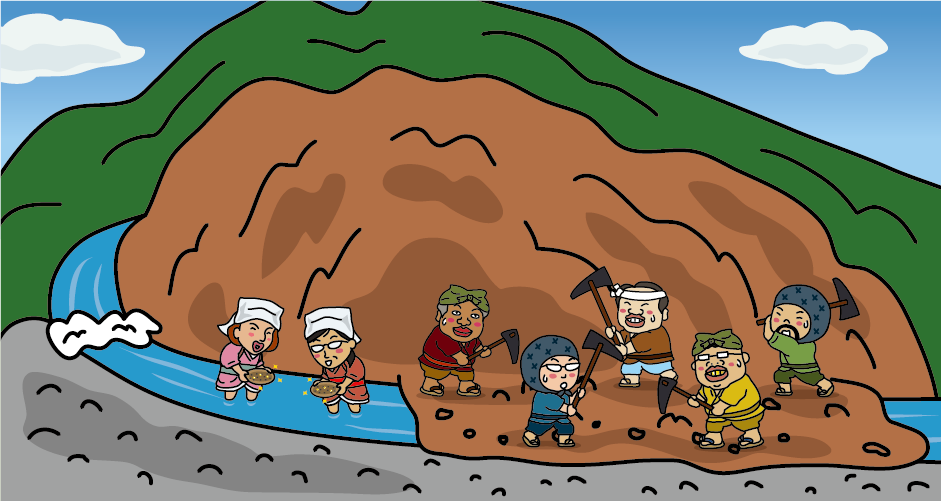
Mt. Toramaru was the largest mining site of Nishimikawa Placer Gold Mine. You can see the surface of the mountain that has been dug up to collect the gold sand even now. In Nishimikawa Placer Gold Mine, there was a method called “Oh-nagashi” where a mountain containing gold sand was dug up to collect gold sand, and the excess stones and soil were washed away with a large amount of water, and then the remaining gold sand was selected by panning board called “Yuri-ita”. In order to get the water necessary for this Oh-nagashi, there are a number of waterways called “Kinzan-E Channel” around the area, and there still remains a total of 12 kilometers of waterways. After the close of Nishimikawa Placer Gold Mine, paddy fields were cultivated to the traces of the placer gold mine and the site of the reservoir, and the Kinzan-E Channel was converted into an agricultural waterways.
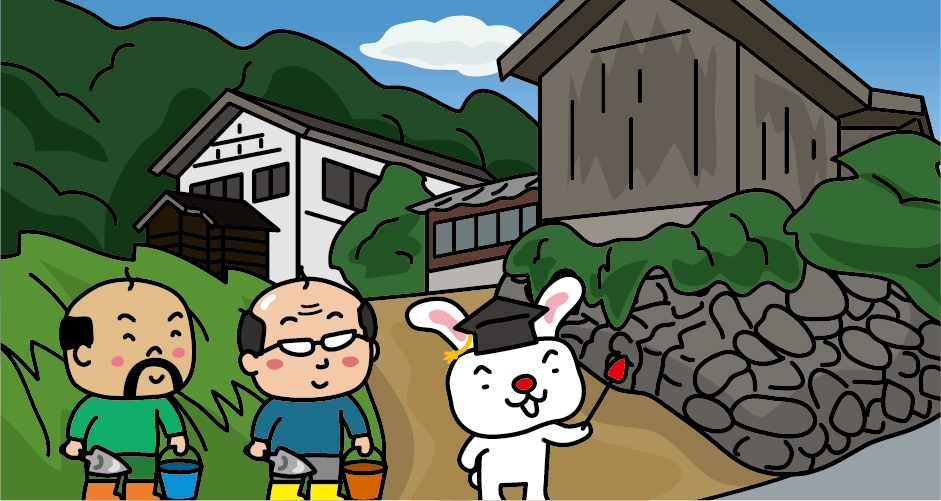
In the Sasagawa village, a stone wall is built on the foundation of a house, the boundary of a site, and the slope of a road, using waste stones generated by the mining of gold sand in a long period of time. In the surrounding mountains, there are many remains of blacksmith hut and workhouses piled with waste stones.

Nishimikawa Placer Gold Mine was closed at the beginning of the Meiji era, but gold sand can still be extracted, so it is not possible to extract gold sand without a mining license on your own. At Nishimikawa Gold Park, a gold theme park located on the site of the Nishimikawa Placer Gold Mine, anyone can experience gold sand panning.
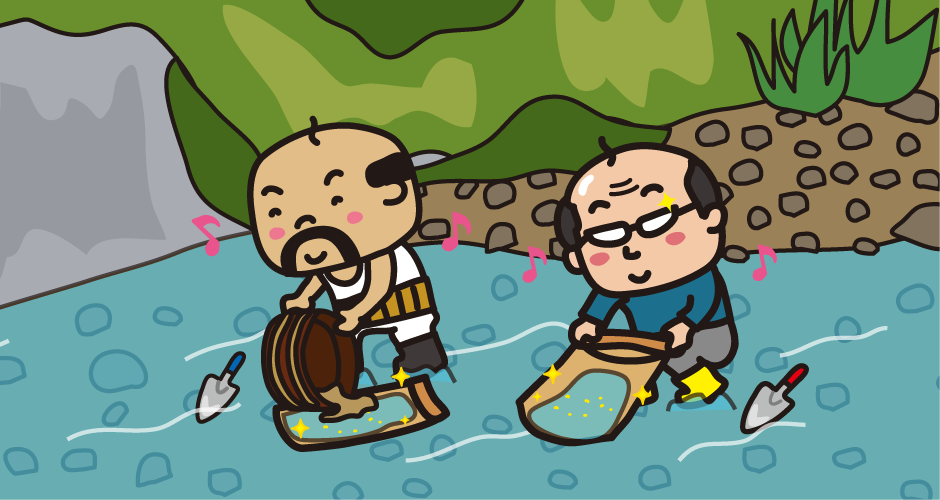
There are three courses for the gold sand panning experience: beginner, intermediate, and advanced courses. A beginner course is to look for gold sand in a long tank filled with sand, an intermediate course is to pick gold sand in an artificial river in the facility, and an advanced course is to go into a local river and pick gold sand using traditional digging tools. If it is your first time, the beginner course is recommended. The staff will kindly and respectfully teach you how to pick.
Access to Nishimikawa Gold Park
From Tokyo
It takes about 2 hours from JR Tokyo Station to JR Niigata Station by Joetsu Shinkansen. It takes about 15 minutes by local bus from JR Niigata Station to Niigata Port.
From Osaka
It takes about 1 hour from Itami Airport to Niigata Airport. It takes about 25 minutes by shuttle bus from Niigata Airport to Sado Kisen Niigata Port Terminal.
From Sado Kisen Niigata Port Terminal to Sado Kisen Ryotsu Port Terminal, it takes about 1 hour by jetfoil and about 2 hours and 30 minutes by car ferry.
From Ryotsu Port Sado Kisen Bus Stop to Sawata Bus Station it takes about 45 minutes by local bus (main line). At Sawata Bus Station, transfer to a local bus (Ogi line), it takes about 30 minutes to Nishimikawa bus stop, get off at Nishimikawa bus stop and walk 5 minutes.

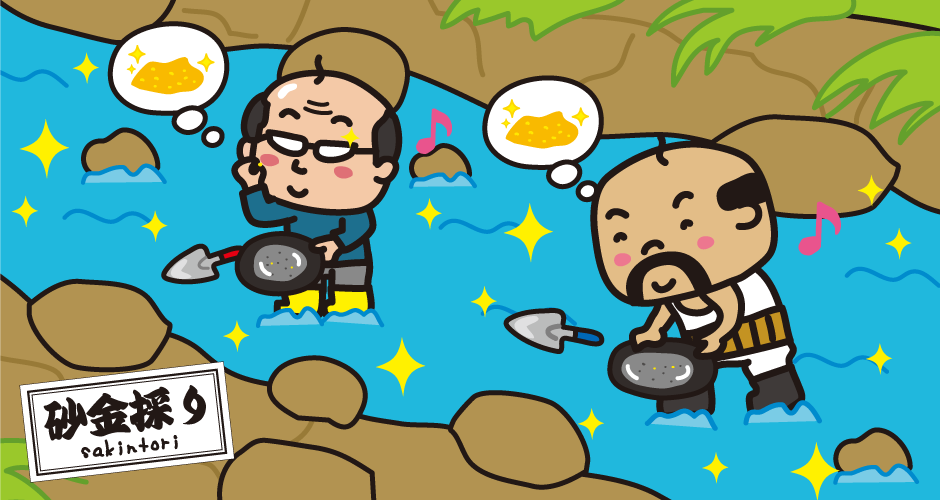


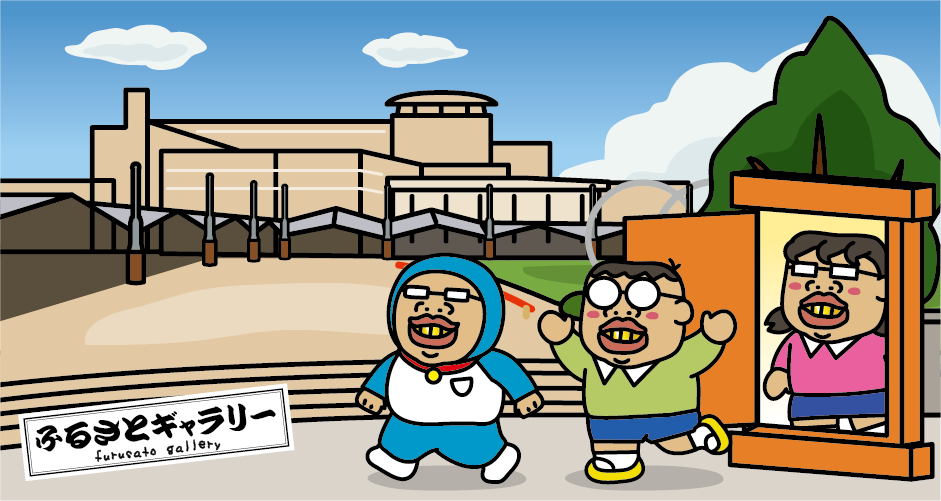

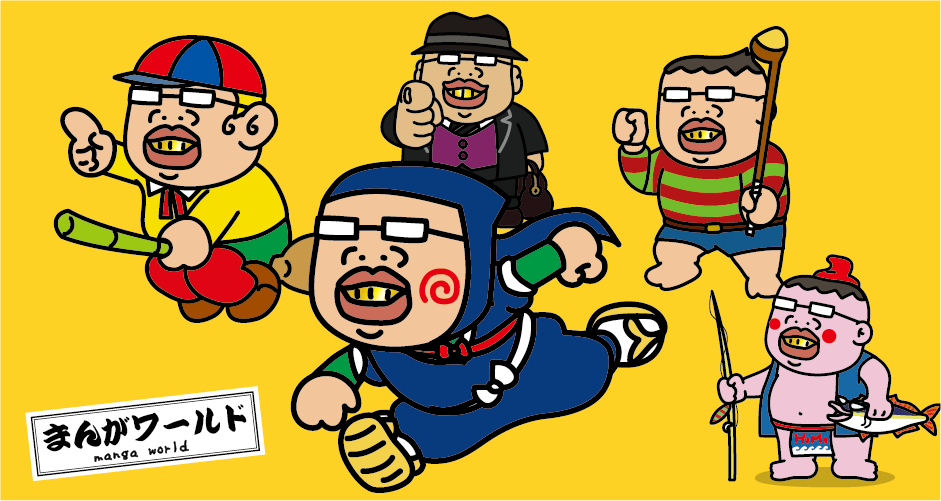
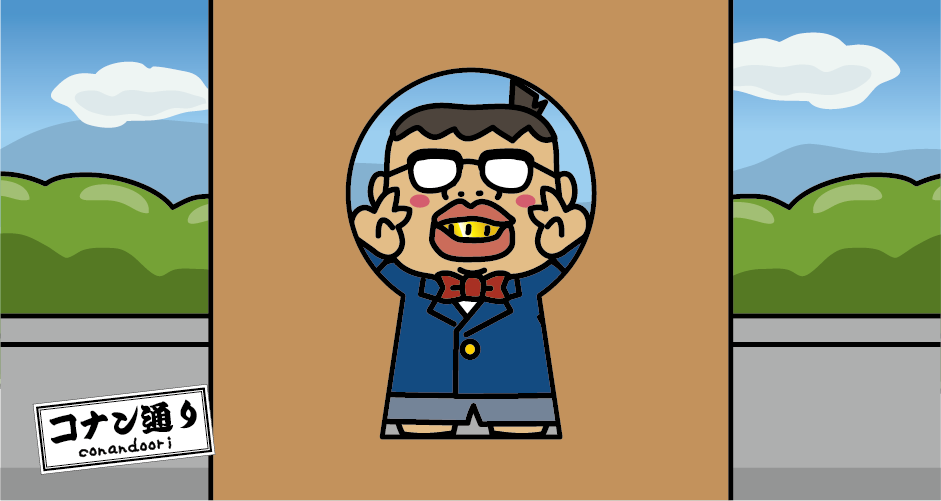


You need to login to comment on an article.